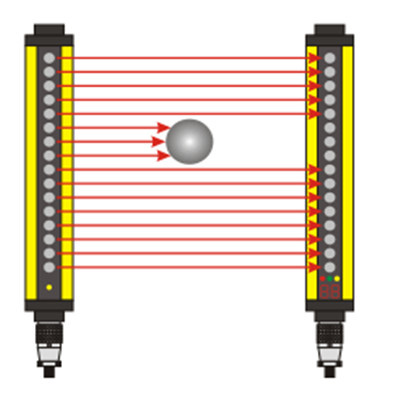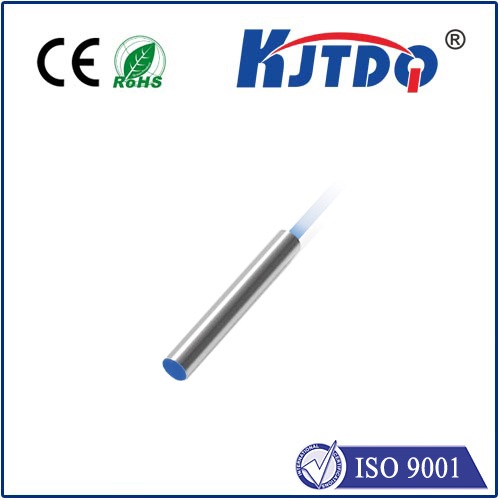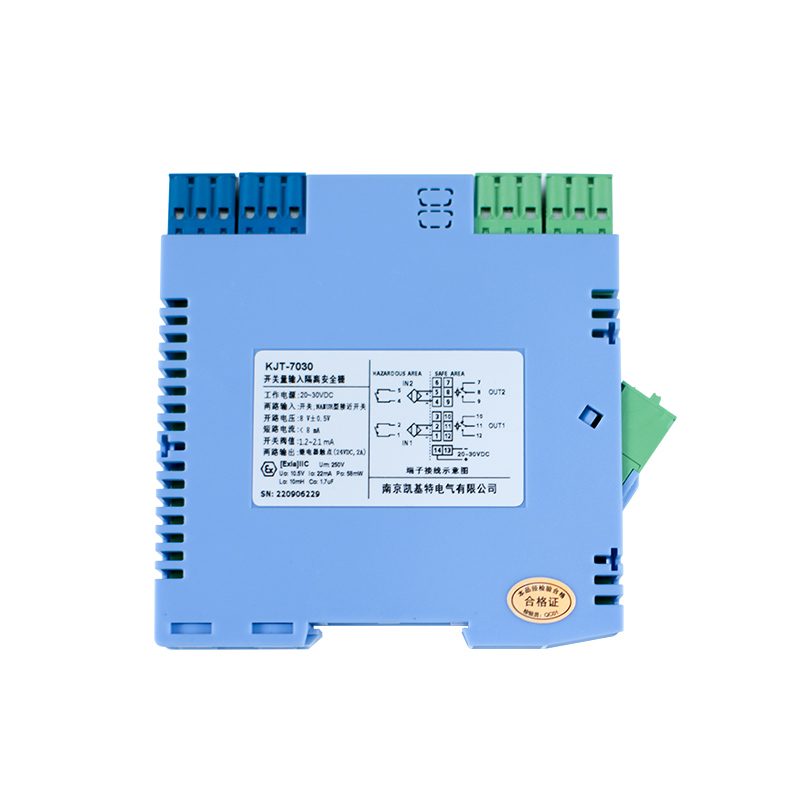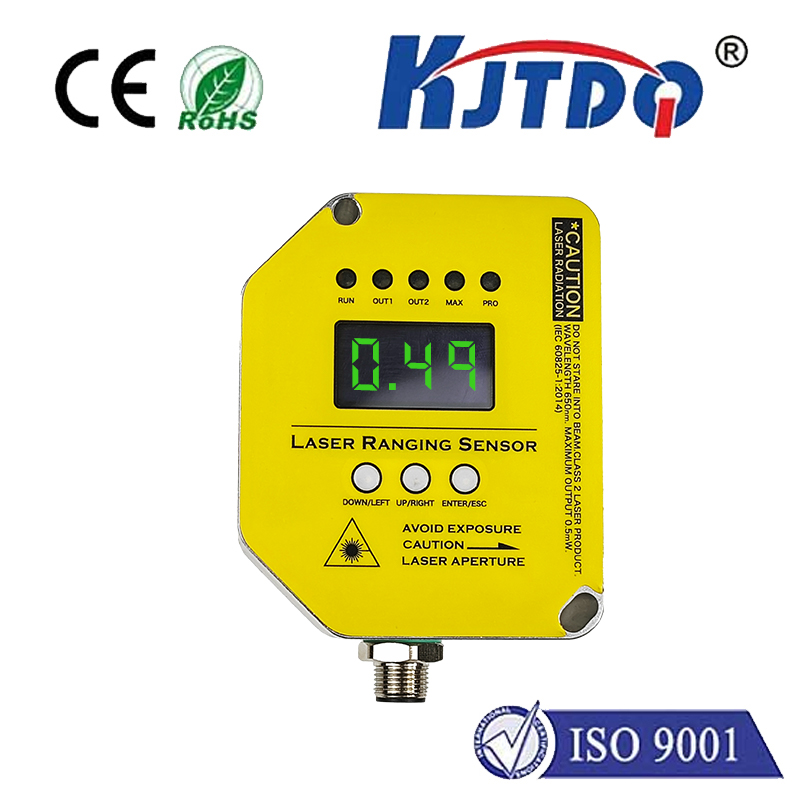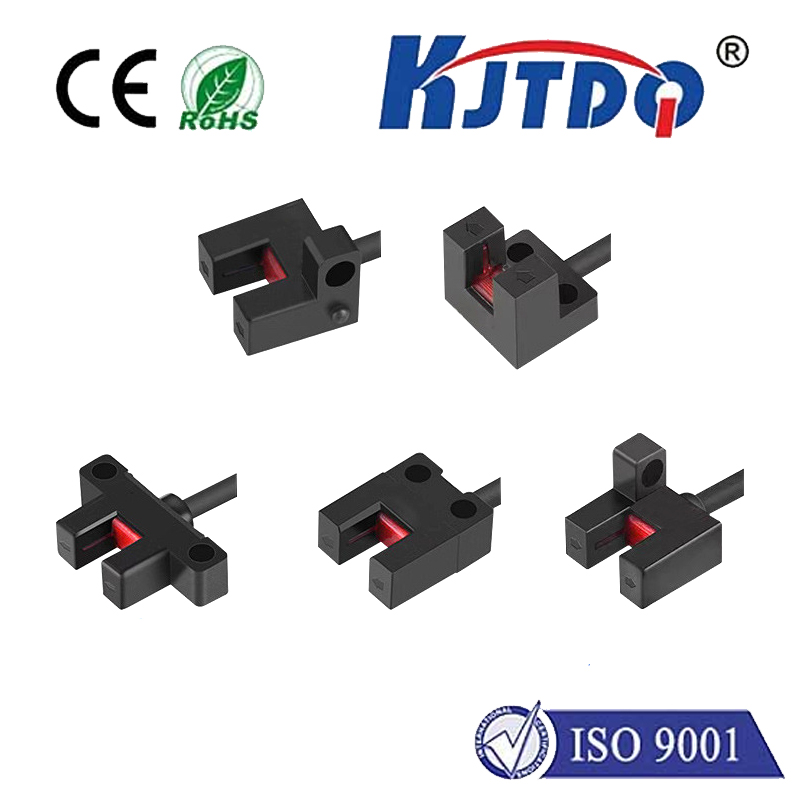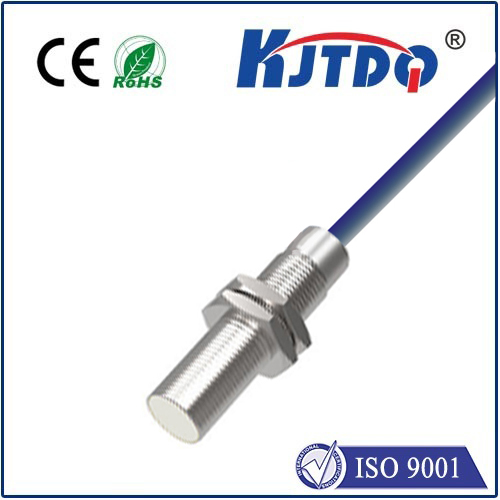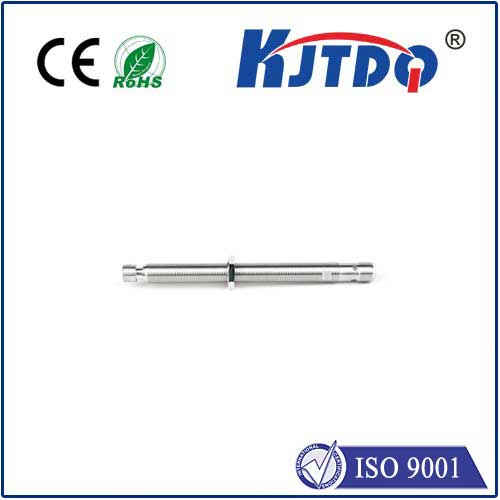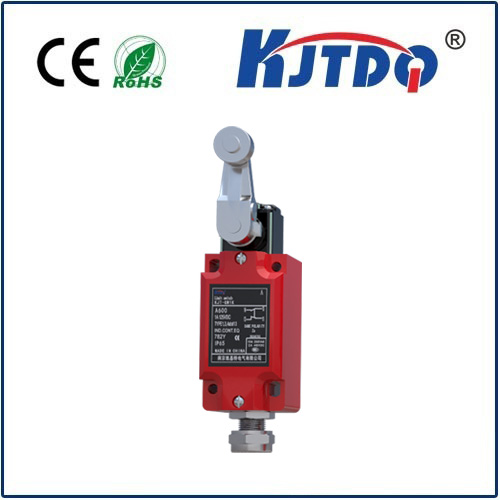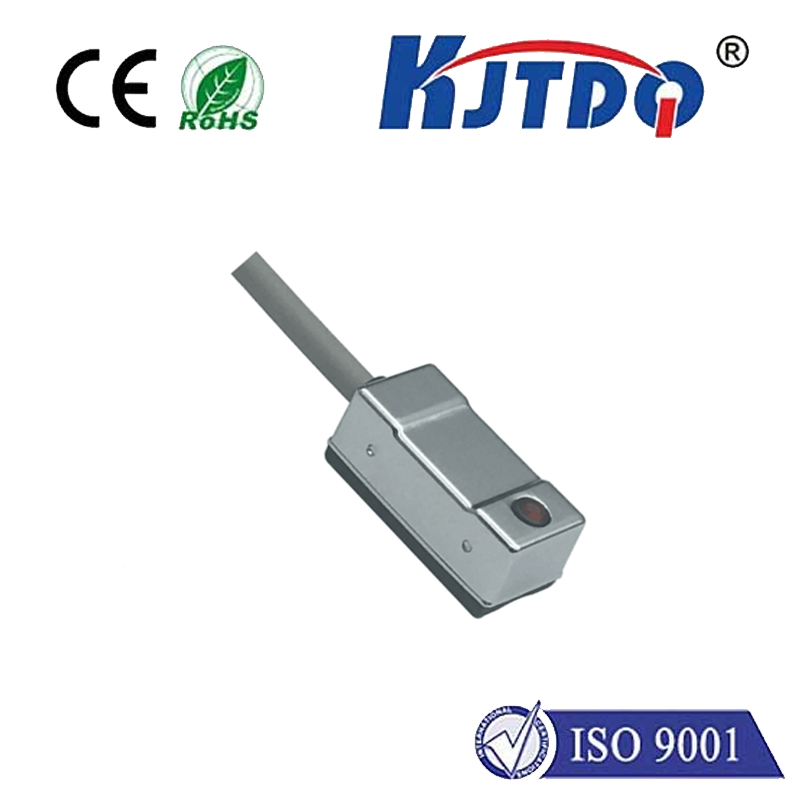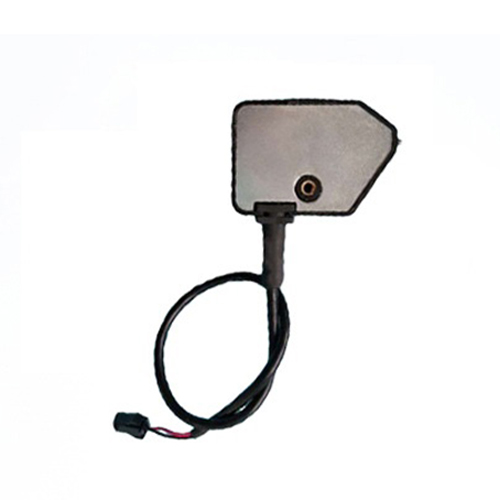

check

check

check

check

check

check

check

check

check

check

Title: Revolutionizing Measurements and Detections with Infrared Laser Distance Sensors In a rapidly advancing world where precision and efficiency are paramount, the technology of infrared laser distance sensors has emerged as a game-changer. These sophisticated devices are transforming various industries by enabling highly accurate measurements and detections over a distance, thereby enhancing operational productivity and safety. This article delves into the innovative applications, benefits, and working principles of these cutting-edge sensors, spotlighting how they are reshaping modern-day practices. Introduction to Infrared Laser Distance Sensors An infrared laser distance sensor is an electronic device that measures the distance to an object using laser light. It works by emitting a narrow beam of infrared laser light towards the target and then calculating the distance based on the time it takes for the reflected light to return to the sensor. This technology combines precision engineering with advanced optics, allowing measurements with remarkable accuracy and speed. Versatile Applications Across Industries The adoption of infrared laser distance sensors spans across a multitude of sectors, each harnessing the unique advantages offered by these devices. In the automotive industry, for instance, they are used in Advanced Driver Assistance Systems (ADAS) to measure the distance between vehicles and potential obstacles, significantly enhancing road safety. Similarly, in the construction industry, these sensors facilitate precise measurement of large distances, improving the accuracy of blueprints and overall structural integrity. In the robotics field, infrared laser distance sensors enable autonomous machines to navigate their environment efficiently, avoiding collisions and optimizing path planning. Additionally, in the agricultural sector, these sensors play a crucial role in precision farming by measuring crop heights and monitoring irrigation systems, which leads to optimized resource management and increased yields. Unmatched Benefits and Advantages One of the primary benefits of infrared laser distance sensors is their exceptional precision. Capable of measuring distances accurately to within a fraction of a millimeter, they far surpass traditional measuring tools in terms of reliability and consistency. Furthermore, their non-contact nature means that measurements can be taken without physically interacting with the target, making them ideal for delicate or hazardous environments. Another significant advantage is their rapid measurement capability. Infrared laser distance sensors can perform numerous measurements per second, providing real-time data that is critical for dynamic applications like industrial automation and robotics. This speed ensures that processes are not only accurate but also efficient, reducing downtime and increasing productivity. Working Principle and Technology Insight At the core of an infrared laser distance sensor lies a combination of sophisticated electronics and optics. The device consists of a laser diode that emits pulses of infrared light, lenses to focus the beam, and a detector to capture the reflected light. When the laser strikes an object, it scatters in all directions, and some of this scattered light returns to the sensor. By analyzing the time difference between the emission and reception of the laser pulse, the sensor calculates the distance to the object. Advanced signal processing algorithms enhance the sensor’s ability to filter out background noise and accurately determine the time of flight of the laser. This technological prowess allows infrared laser distance sensors to function effectively in various lighting conditions and environments, further expanding their applicability. Conclusion: Shaping the Future with Precision Measurements In conclusion, infrared laser distance sensors represent a leap forward in measurement technology, offering unparalleled precision, speed, and versatility. As industries increasingly recognize their value, the scope of applications for these sensors is expected to expand even further, driving innovation and efficiency across the board. From improving safety in transportation to optimizing agricultural practices, infrared laser distance sensors are poised to play a pivotal role in shaping a more precise and interconnected future.
